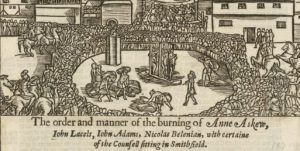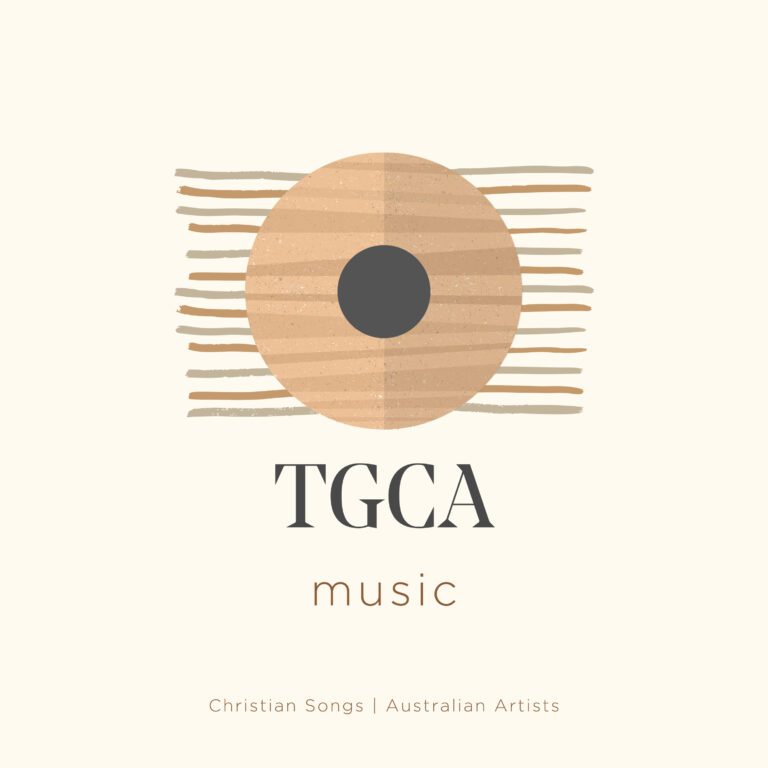This is the third instalment in a series called, ‘Preaching on’.
Preaching on Revelation is daunting. There are all the complex genre, exegetical, and homiletic issues it presents. But there is also the burden of knowing that the people you’re preaching to may have baggage that they’ll bring to your series. As a result, lots of preachers avoid it, or only preach on chapters 2 and 3 (the letters to the seven churches), which they hope will be easier to understand and apply.
But I want to encourage preachers to give Revelation a go, and in its entirety! We preached on it at my church, Trinity Church Lockleys, in Term 1 of 2023, and people loved it.
How Should We Think About Revelation?
What sort of book is it? How does it work? What’s its core message? The answers we give to these questions will determine how we preach it. This is how I take it: Revelation is written in the apocalyptic genre, mainly about what life will be like between the first and second coming of Jesus, designed to encourage persecuted Christians. I’ll unpack each of those clauses in turn.
Apocalyptic
Revelation is part of a recognisable genre: ‘apocalyptic’. Apocalyptic writing is chiefly concerned with cosmic themes of good and evil, written to give its readers hope. It is often written in highly symbolic language, both to capture the grandeur of its themes, but also as a form of code to protect its writers and readers from the (often political) forces of evil it’s writing against.
So when we read Revelation, we need not always take its images literally (for example, Revelation 12 is not about a literal dragon), because they’re symbols. But we should remember that those symbols still refer to things in the real world.
Life Between the First and Second Coming of Christ
Revelation is not mainly about the end of the world, but about life now, between the first and second coming of Jesus. I think Revelation 1:19 is a structuring verse for the book. Jesus tells John, ‘Write, therefore, what you have seen, what is now and what will take place later.’ That is, ‘Write what you’ve already seen happen, in the past; what is happening right now; and what will happen in the future.’ Looking at the rest of Revelation, I think it maps this way:
- What you have already seen: the life of the churches in Asia Minor (Rev 2–3).
- What is now: what is happening, now, in the throne-room of God (Rev 4–5).
- What will take place later: what will happen between the time of John’s writing and the coming of the new creation (Rev 6–22).[1]
Of course, this still leaves most of the book concerned with the future from John’s perspective. What’s to say it is describing life between the two comings of Jesus, rather than ‘the end’, proper?
The structuring of this section is key. Revelation chapter 6 to 16 is comprised of four ‘panels’ (6–7; 8–11; 12–14; 15–16), all of which are structured the same way: seven symbols (seals, trumpets, signs, and bowls) with an interlude between symbols six and seven.
Crucially, the first three of these sections end with a description of the end of the world (the fourth section really does seem to be all about the end). As such, if each of the first three sections end with a description of the second coming, what they’re describing before must be about what life is like now. It’s as if each section is a mini-history of the world, finishing with the end, and then Revelation hits ‘reset’ and tells the story all over again, this time from a new angle.
It’s not until you get to the fourth section (Rev 15–16) that it is all about the end. Then you get the final chapters of the book, about the conquest of evil (Rev 17–20) and the inauguration of the new creation (Rev 21–22).[2]
Written to Persecuted Christian
Revelation’s original audience was persecuted Christians in the first century, so we need to take that into account. Many of the references will be to people and events of their day (for example Roman emperors). This doesn’t mean that Revelation is only a history lesson for us. The historical details John gives his readers are presented as the examples of the broader trends that will characterise all of human history, such as the tendency of evil human governments to demand people’s worship.
Further, since the original audience were persecuted Christians, their concerns will be different to ours in the relatively peaceful West. More about this below.
How to Structure Your Sermon Series?
I covered the first five chapters in three sermons:
1. An Introduction to John, Jesus and the Book (chapter 1): including an explanation of how 1:19 structures the rest of the book.
2. ‘What He Has Seen’ (chapters 2–3): The churches in Asia Minor.
3. ‘What Is Now’ (chapters 4–5): A vision of God and his crucified king, Jesus, sitting on their throne in heaven, having defeated evil on the cross.
Then I tackled the large middle section (chapters 6–16) in four sermons, describing a different aspect of what life will be like between the first and second comings of Jesus:
4. The Tyranny of Rulers (chapters 6–7).
5. The Suffering of Creation (chapters 8–11).
6. The Persecution of Believers (chapters 12–14).
7. The Destruction of the Earth (chapters 15–16).
Then three final sermons:
8. The Destruction of Human Evil (chapters 17:1–19:10).
9. The Destruction of Spiritual Evil (chapters 19:11–20:15).
10. The Inauguration of the New Creation (chapters 21–22).
Tips on Preaching Revelation
Preach in large chunks and don’t getting bogged down in the details. Large chunks work well, so long as you give people a chance to follow up on details in some other setting, such as Bible studies or a Q&A time after the sermon.
Make sure you apply it to everyday life. Most or Revelation is about life now, not just the future. So be sure to do the work of explaining each section in its original context and then show how that was the example in John’s day of broader trends, and then show we experience similar things today.
Be careful with the theme of persecution. Remember, John’s audience were persecuted Christians. There are two temptations we must therefore avoid. On the one hand we can suggest that we’re equally persecuted too, in the West, when we’re not. It’s true that Christians in the West are under growing pressure, but we’re still a world away from the experience of John’s original readers. We shouldn’t claim that the world’s out to get us in the same way it was for them. It’s just not.
On the other hand, we might underplay the bits about persecution. Parts of Revelation may not speak as directly to our situation, but they certainly speak to the situations of persecuted Christians elsewhere in the world. Use Revelation to draw attention to the plight of the persecuted church.
Don’t forget the cross. In all the excitement of dragons and beasts and titanic struggles, it is easy to forget that Revelation is a book about a battle that has already been won, on the cross. Chapter 5 is all about how Jesus has already ‘conquered’ (Rev 5:5) and ‘ransomed a people for God from every tribe and language and people and nation’ (Rev 5:9). The battle against evil is already won: the rest of world history is just a giant (albeit painful) mopping-up operation. Keep pointing people back to the cross, and the great hope it gives us in life now, and for the life to come. We called our series, ‘Jesus Wins,’ and I reckon that just about sums the book up.
[1] I am indebted to Paul Barnett’s Apocalypse Now and Then for this breakup.
[2] Again, I’m indebted to Paul Barnett for this insight.















